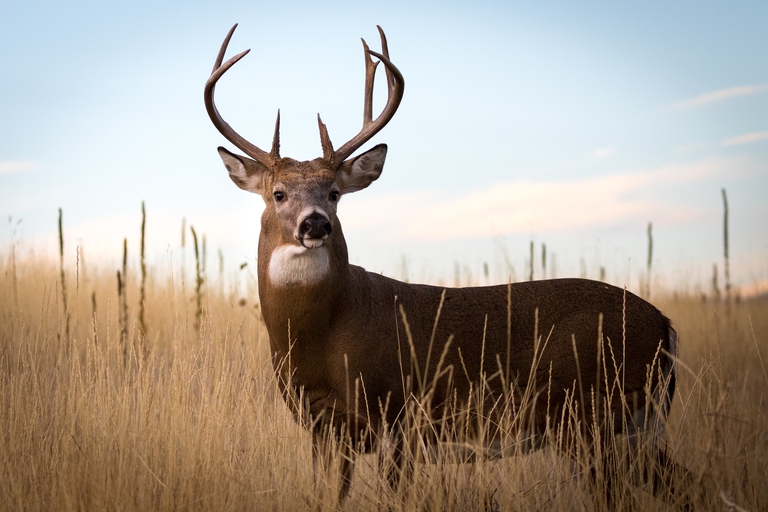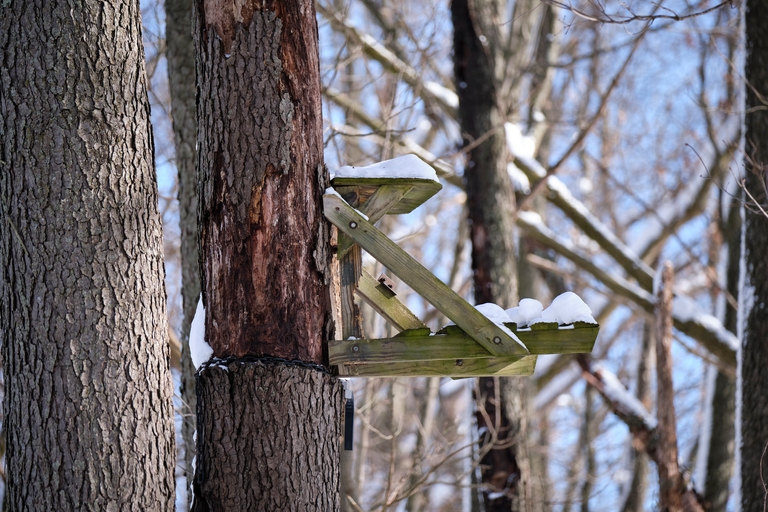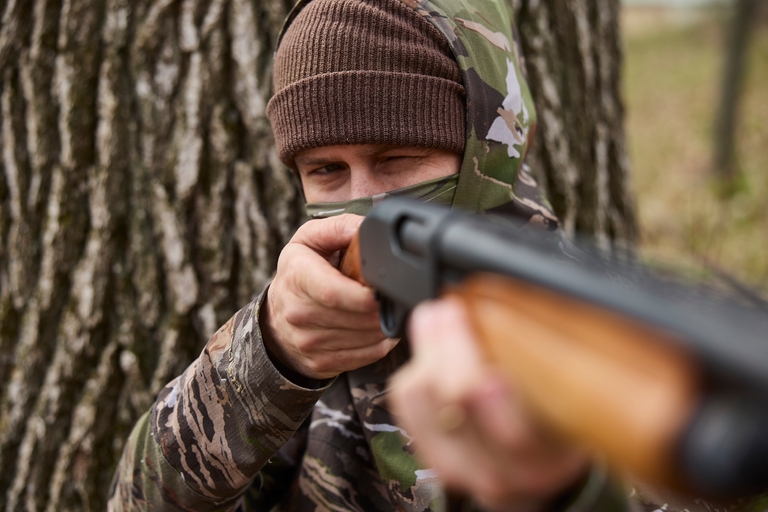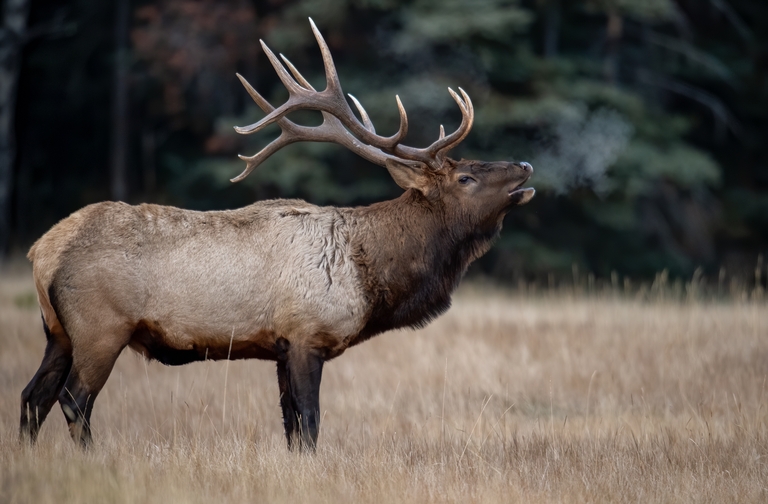Bowhunting Tips: How to Prepare for the Season

It's as old as time itself. The bow and arrow continue to be excellent tools for harvesting animals year after year.
Our equipment may have been upgraded for power and speed. Still, the objective remains the same: keep your scent trail downwind of your prey's highly sensitive nose, produce enough power to penetrate the hide of that animal for a quick and clean kill, and, when necessary, track it to recover the animal.
Pretty basic stuff, right? But what about the "before" process? We're talking about the time leading up to the beginning of the season when you should be checking your equipment, scouting your hunting grounds, and perfecting your form.
Before you can hear the beautiful sound of your boat snapping during hunting season, keep reading for a few expert bowhunting tips to prepare for hunting success!
Crack Open The Case
We hear many stories of people who finish their whitetail season and simply put their bow away in its case for the year until a month before the next season kicks off. Then, it's a mad scramble to replace parts and re-establish a proper form.
In the midst of it all, they venture out into the field with less-than-acceptable equipment and wonder why that buck they eyed at 17 yards is bounding away unscathed.
What we do to prepare for a bowhunt is just as important – maybe even more important – than being out in the field. When you draw back and anchor, will your confidence be at 100% because you've put your time in? Are you even going to be able to draw back at all?
Whether you cleaned and maintained your bow before storing it after last season (or not), and if you've practiced shooting during the off-season (or not), make sure you do those things before showing up for the hunt on opening day.
Ensure your bow and equipment are in top condition, with all parts working well. Then, take a few shots at the range to get your form back in shape before heading out for a hunt.
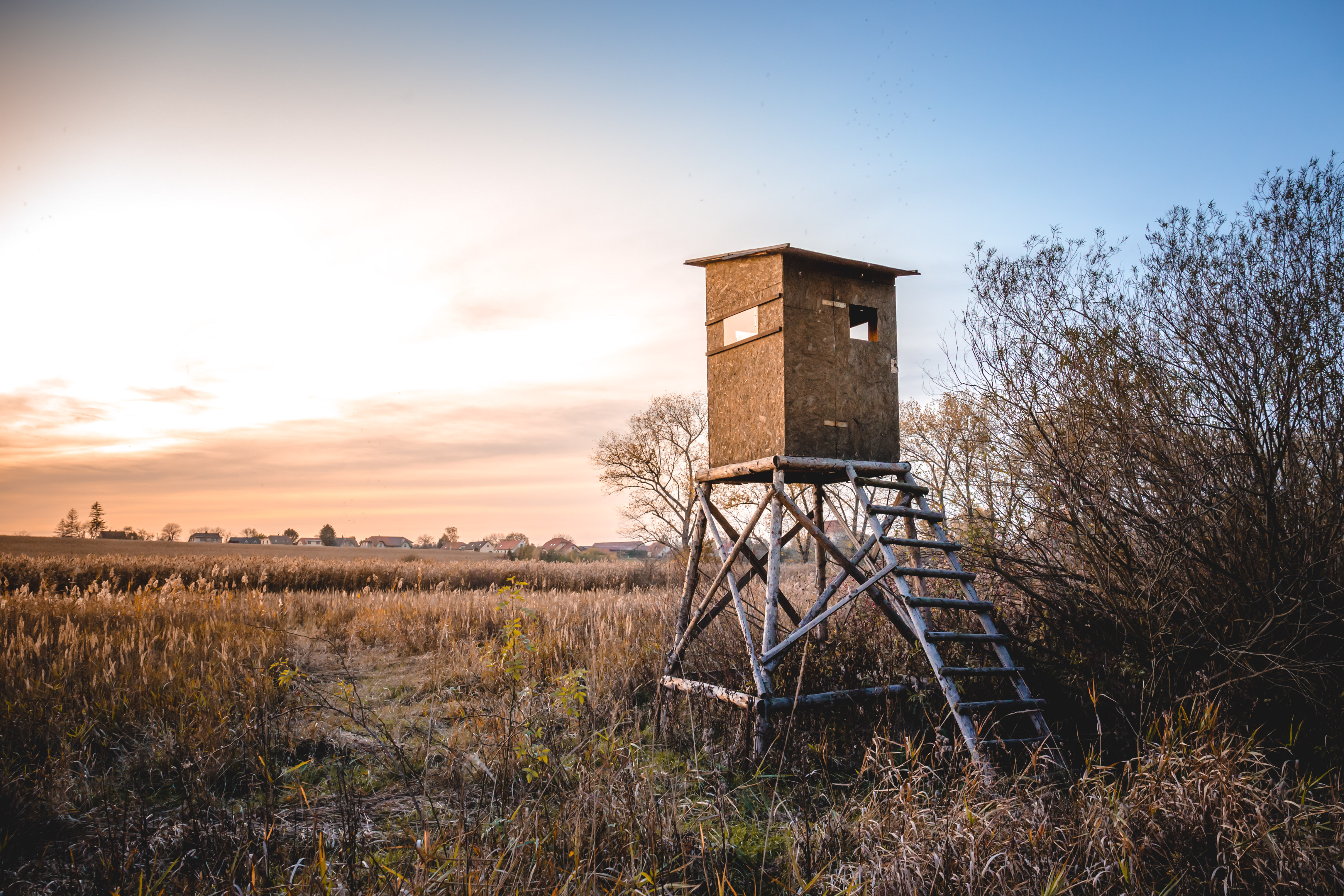
Scout Your Field
If you don't put time into field scouting, you've lost before you even step foot out the door. So, if you've read some of our other articles, you probably know what we're about to say!
It doesn't matter if we're talking about doves, ducks, deer, turkeys, or hogs. If you don't put time into field scouting, you've lost before you even step foot out the door on opening morning.
Just because you "know" deer are in the area doesn't mean you know where they're traveling to or from or even why. Locate those game trails or use cameras (where allowed by law) to determine the area's highest activity periods.
Then, set your blinds and stands accordingly. Never set up directly on the trail. Provide yourself enough of a vantage point to observe a large portion of the trail and the surrounding area.
Brush your ground blinds in; don't just assume a camouflaged fabric dome will fool that old bruiser. Check your tree stands for stability. Replace any worn or broken straps, and clear your shooting lanes.
There's no reason why all of this can't be performed at least a month before the season kicks off – and it also keeps your scent out of the woods.
Choose Your Instrument
If you are new to bow hunting or if you realize that your current bow is not as durable as you'd like it to be, it might be time to purchase a new one.
Purchasing a bow may seem like a simple task, but the number of options to consider can be overwhelming. All that said, the two main types of bows that hunters use are compound and recurve bows.
The compound bow is a great choice for a bow that is both accurate and simple to use. However, if you want to step up your game, the recurve bow is your best bet.
Before making a major purchase of a new bow, look at product reviews and product blogs for information. Outside Pursuits, a product review website for outdoor and hunting enthusiasts, is an extremely useful and informative source. Check out their product review blog to help narrow down your bow options.
Pinpoint Your Accuracy
How many times have you visited the archery range this off-season?
We spend hundreds, maybe even thousands, of dollars on our archery equipment so that it can perform at its absolute best.
When the time comes to perform, that arrow will fly exactly where you put it . . . or, so you think.
If we don't continually work to improve ourselves and properly maintain our equipment, we can't really expect to be in top archer shape when the moment presents itself.
So, how many times have you visited the archery range this off-season? When was the last time you replaced those frayed bowstrings? Is your setup properly tuned?
Consider dropping your bow off at a local shop and let them tune everything every off-season. Is it overkill to do it every year? Maybe, but the peace of mind it provides to me is priceless.
From there, start at the bottom and work your way up. Even though it comes from the shop already paper-tuned, you should put it to paper yourself just to make sure its flight is exactly the way you like it.
Check the Pins
Next, check and recheck all of the pins and make any necessary adjustments for my field points. You may never see a shot longer than 40 yards in the terrain you hunt, but you might be pushing 60 or 70 yards. So, work at those distances. Make them a priority for those just-in-case moments.
When adjusting your sight and pins, it's important to remember to "follow the arrow." If you're hitting high and to the left, adjust your sight high and to the left. Again, this method is only for adjusting your pins!
Fine Tune Your Instrument
Once you have your field points dialed in, work with your broadheads.
Yes, they're going to tear up your target faster. However, the difference in flight patterns between field points and broadheads can be very large.
The difference is not just with a fixed blade. It can affect mechanicals, too. Just because mechanicals are advertised to fly like field points doesn't mean they will fly like field points.
When tuning for broadheads, remember that you're adjusting your rest, not your sight. In so doing, you're adjusting in the opposite direction of where your broadheads are striking.
For example, if you're hitting low and to the right, move your rest higher and to the left. It's always the opposite for rest adjustment.
Whenever you adjust your arrow rest, whether left, right, up, or down, less is more. A modern arrow rest does not require much adjustment to change an arrow's flight path considerably.
Work in small increments; you'll be amazed at how much you accomplish with fine-tuning.
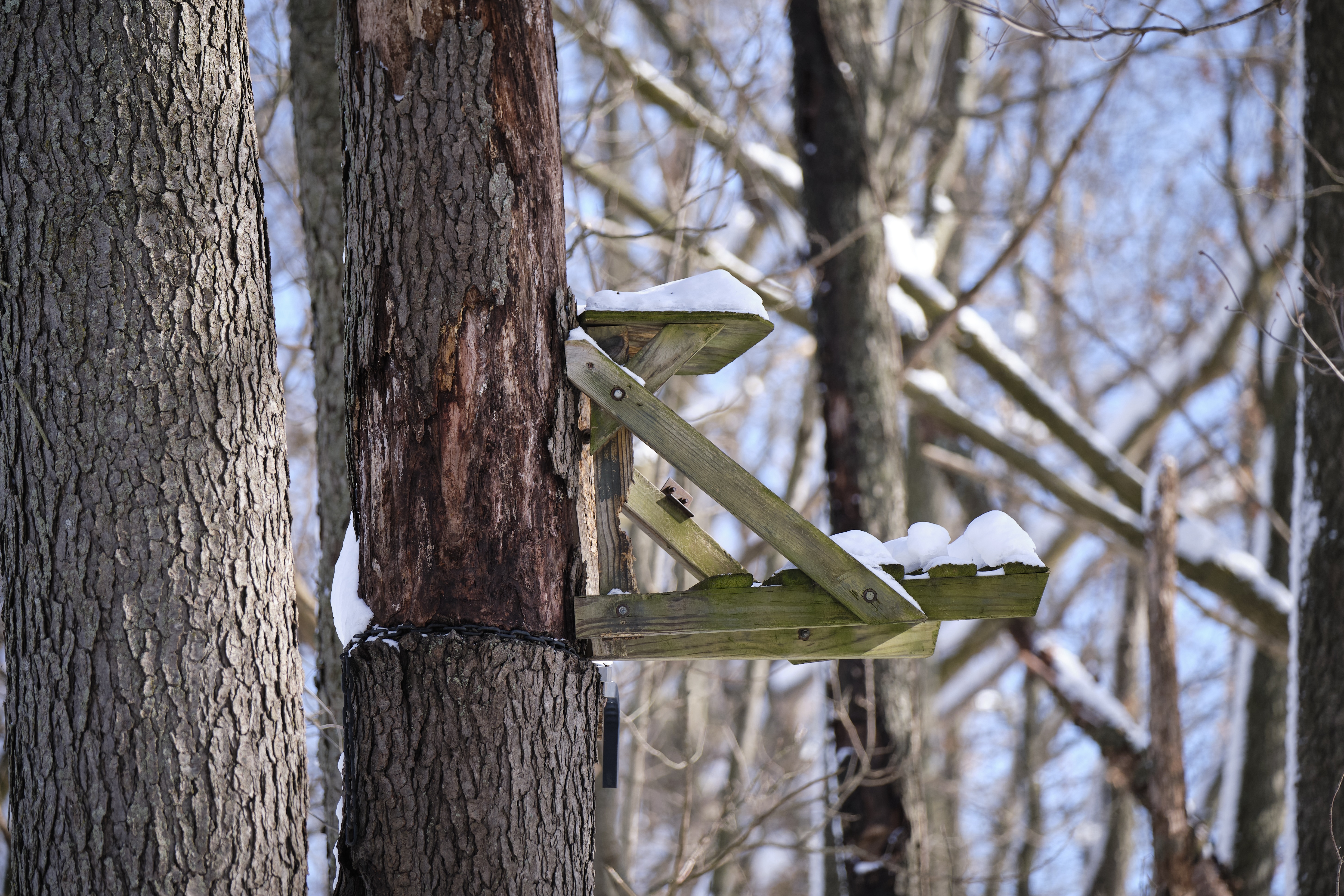
Stay Safe
You may not like wearing a harness in your tree stand, but it would save your life if anything were to happen.
So, let's talk about safety. It may be something you rarely see practiced in the field, but you should commit to it every time you hunt with your bow.
Our goal as hunters (more so than tagging that buck we've had our eye on the last three seasons) is to ultimately come home safely to our families and friends. We owe it to them to take every precaution necessary to ensure we leave our hunting area in exactly the same condition that we entered it in.
So, familiarize yourself with your harness and tree strap, know what to do in the event of a fall, and know how to recover from it. Use a lifeline when you climb – every time.
If you're using a climbing tree stand, take the extra time to work your tree, strap up the tree as you climb, and never let it take on too much slack. If you're worried about how long it will take to maneuver up the tree and how many adjustments you'll have to make to your strap, arrive earlier to allow yourself that extra time.
There really is no excuse for disregarding your own safety.
Put in the Time for Success
For bowhunters, it all comes down to just a few short seconds. Those seconds may seem like minutes or even hours as you sit there waiting for that big, mature buck to clear that brush or step past that scraggly oak. The adrenaline will be full on, your muscles will quiver, and your heart will beat as though you've run ten miles in record time.
However, all the time you've put in at the range and into the land and the money you spent preparing your equipment comes down to just a few ticks of the clock. You've done it right up to this point, so seal the deal.
Let that arrow fly, and listen to the beautiful sound of "SCHWACK!" as it echoes through the woods.
Get Hunter Safety Certified Before Bowhunting This Season
As we mentioned, safety must be a priority when bowhunting deer, turkey, or any other game. Plus, most states require all hunters to pass a hunter safety course before they head out for a hunt.
So, as you prepare your bow and scout the land you plan to hunt, make sure you've also taken your online safety course through Hunter-Ed. We make it easy to learn safety essentials so you return home safely after every hunt, and you can do it all online before hunting season begins.
Find the course for your state and start learning! Then, stay safe and happy hunting.
Originally published April 28, 2019. Content updated June 19, 2023.

